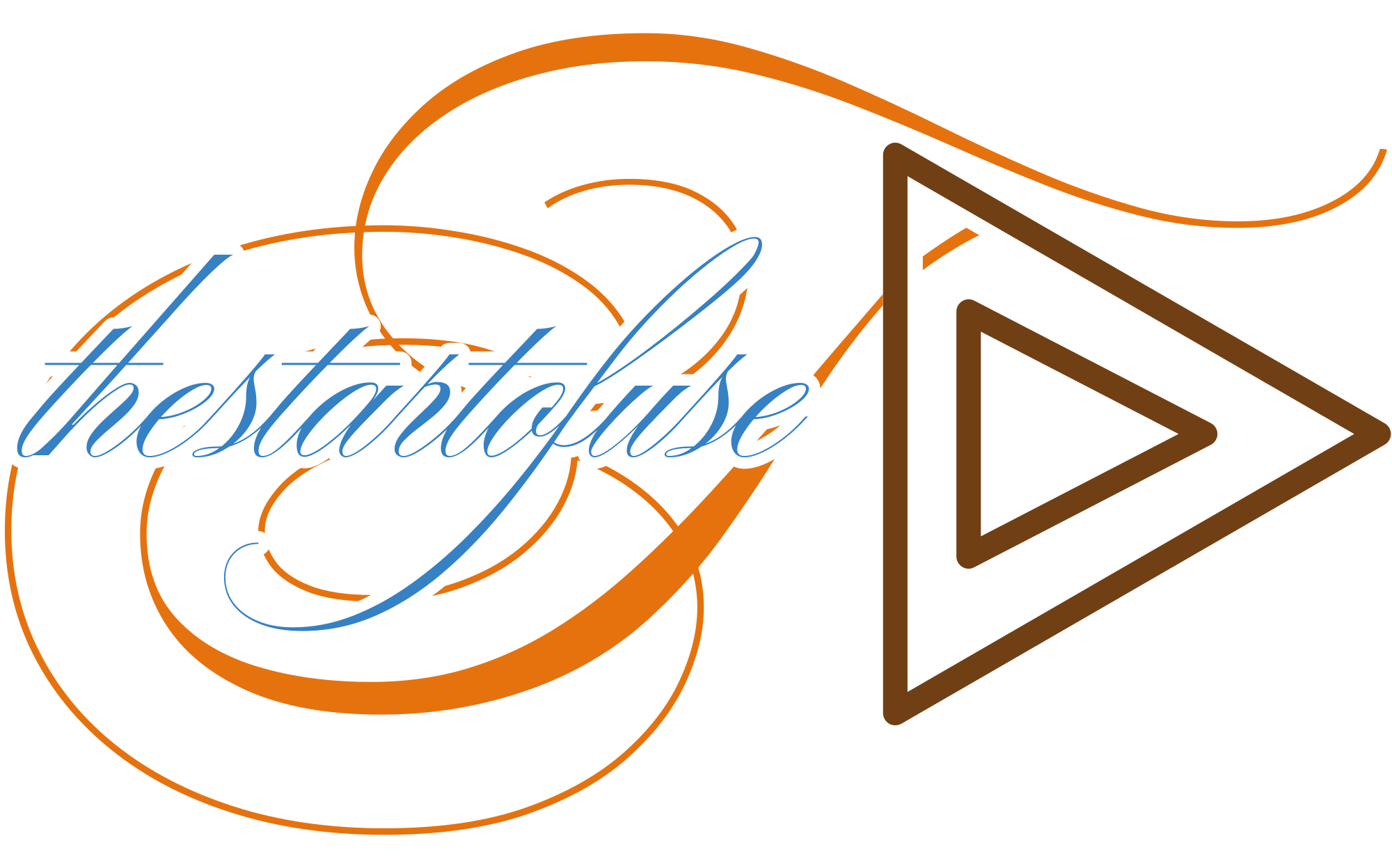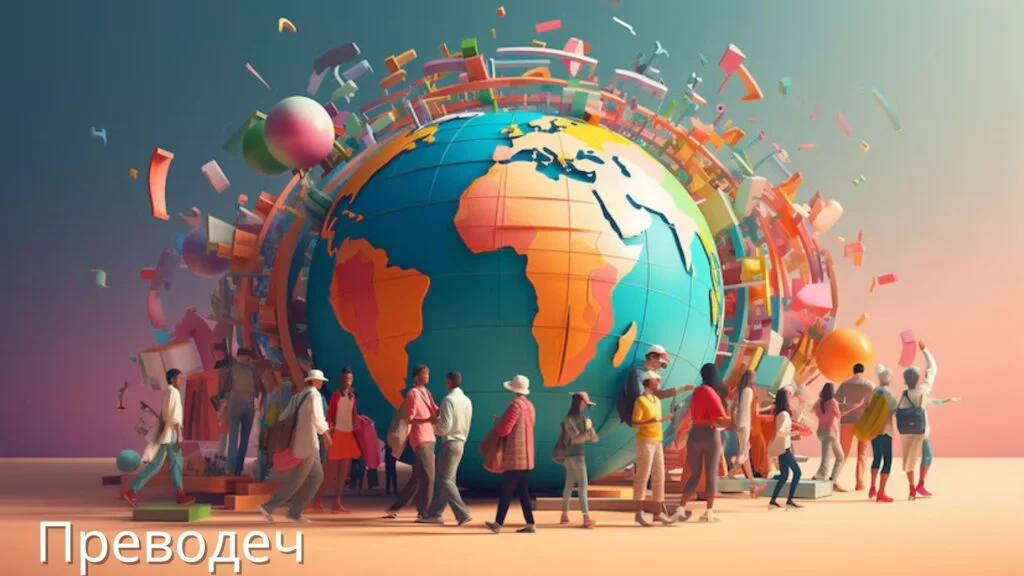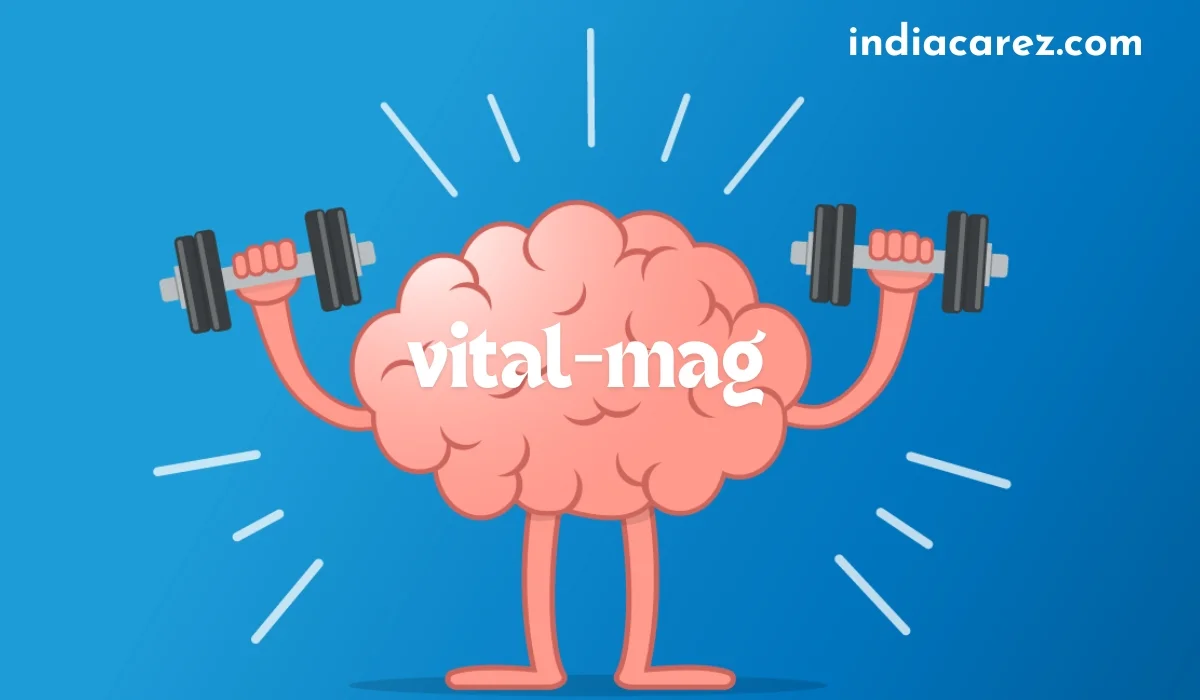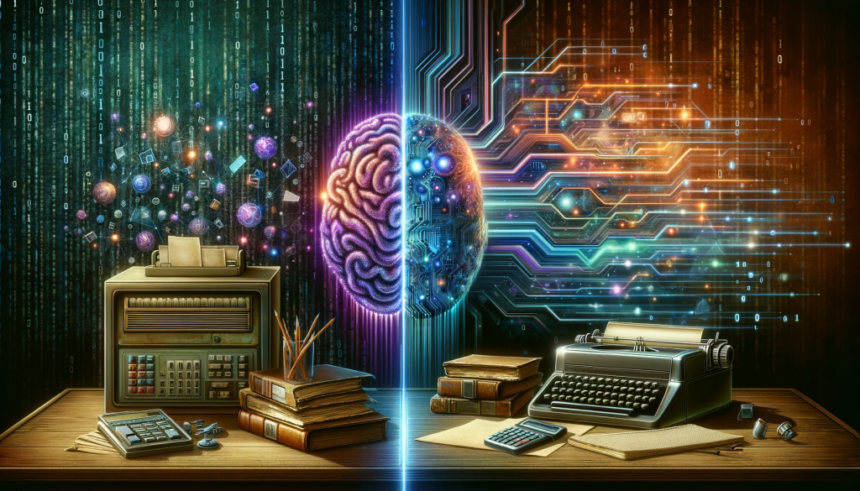In today’s interconnected world, where communication knows no boundaries, the role of translation has never been more crucial. From literature to business, diplomacy to healthcare, translation bridges the gap between languages, cultures, and people. Let’s explore the intricate world of translation, known as преводеч, examining its nuances, challenges, and profound impact.
Understanding Преводеч
Origin and Meaning Преводеч, derived from the Latin word “translatio,” goes beyond mere word-for-word conversion. It involves conveying meaning, capturing nuances, and preserving cultural context.
Evolution of Translation as an Art Form From ancient times to the modern era, translation has evolved alongside human civilization. Early translators preserved sacred texts, disseminated knowledge, and facilitated cultural exchange.
The Role of the Translator
Skills Required A proficient translator possesses linguistic expertise and a deep understanding of both source and target cultures. Empathy, creativity, and critical thinking are essential traits beyond language proficiency.
Cultural Understanding and Sensitivity Translation involves navigating cultural intricacies and nuances. A skilled translator ensures the translated text resonates with the target audience by being sensitive to cultural differences.
Challenges in Преводеч
Linguistic Nuances and Complexities Languages are rich with unique nuances, idioms, and expressions. Accurate translation requires a profound understanding of cultural context, not just linguistic proficiency.
Contextual and Cultural Barriers Translating idioms, jokes, and cultural references can be challenging due to lack of direct equivalents. Balancing fidelity to the original text with readability in the target language is an art.
Techniques for Effective Преводеч
Transliteration vs. Translation Transliteration focuses on phonetic conversion, while translation aims to convey meaning. The choice depends on context, audience, and purpose.
Localization and Adaptation Effective translation adapts texts to cultural norms and linguistic nuances of the target audience, ensuring authenticity and resonance.
The Art of Interpretation
Interpreting Spoken Language Interpreters render spoken language in real-time, requiring exceptional listening skills, linguistic agility, and quick thinking.
Real-Time Challenges and Solutions Interpreters overcome challenges like accents and rapid speech through techniques such as consecutive or simultaneous interpretation.
Practical Applications of Преводеч
Literary, Legal, Medical, Business, and Marketing Translation is crucial across various fields. It preserves literary works’ essence, ensures precision in legal and medical contexts, and facilitates international business and marketing.
Impact of Technology on Преводеч
Advancements in Translation Software Technological tools like CAT software and machine translation engines enhance efficiency, but human expertise remains essential for nuanced translations.
AI and Machine Translation AI-powered machine translation offers instant translations but struggles with nuances and cultural subtleties, emphasizing the enduring value of human translators.
Ethical Considerations
Maintaining Accuracy and Integrity Translators balance fidelity to the original text with readability in the target language, prioritizing accuracy and integrity.
Handling Sensitive Content Translating sensitive topics requires tact and cultural sensitivity, navigating ethical considerations transparently.
The Future of Преводеч
Emerging Trends and Innovations Technological advancements will continue shaping the translation landscape, integrating AI-driven tools and blockchain verification.
The Human Touch in an Automated World Despite technological convenience, human translators offer empathy, creativity, and cultural understanding that machines cannot replicate.
Conclusion
In the realm of преводеч, translation transcends linguistic conversion to connect, understand, and unite cultures. Despite challenges and technological advancements, human translators preserve meaning, capture nuances, and bridge linguistic barriers. Through their work, translators embody communication’s essence—to foster understanding and enrich human connection.




